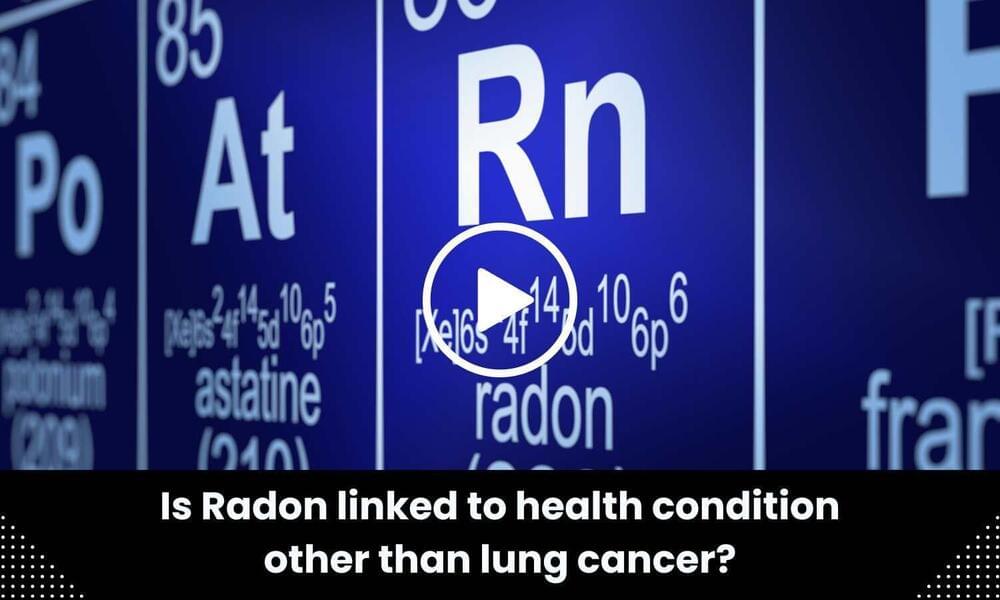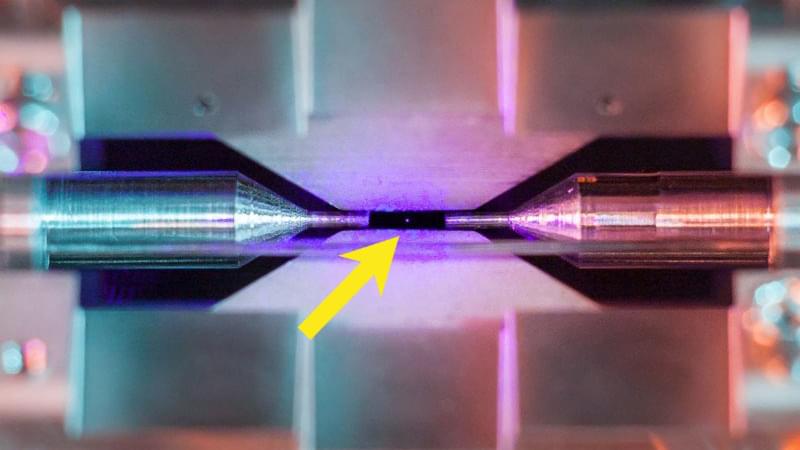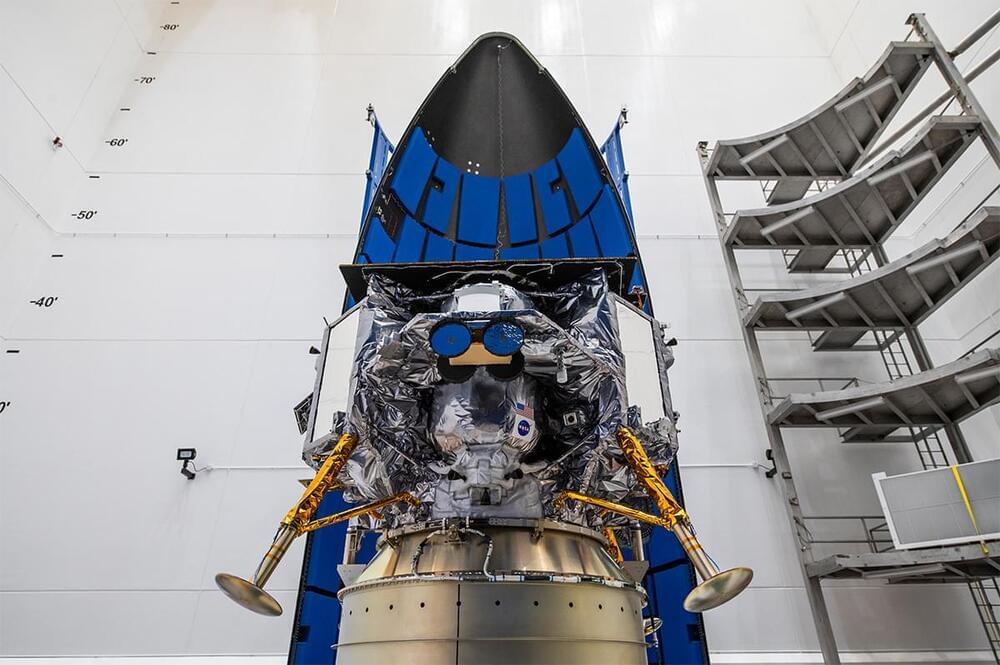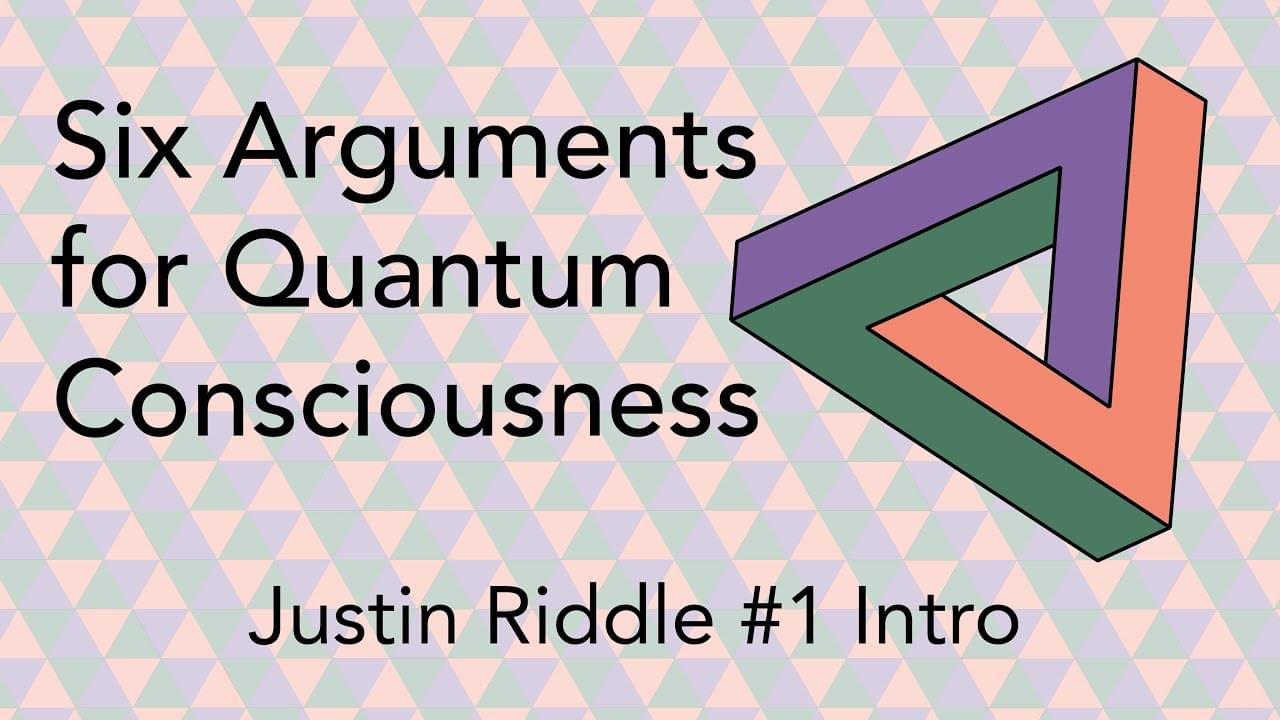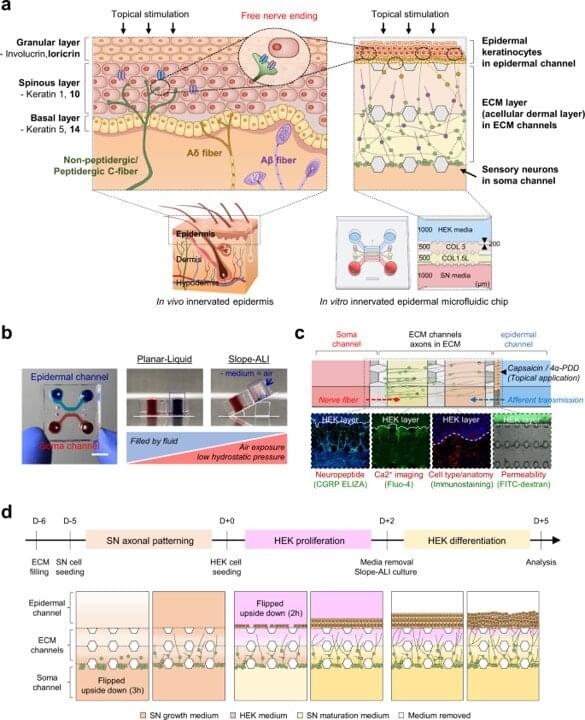Jan 6, 2024
Is Radon linked to health condition other than lung cancer?
Posted by Shubham Ghosh Roy in categories: biotech/medical, computing, genetics, health, neuroscience
Radon, a naturally occurring radioactive gas produced when metals like uranium or radium break down in rocks and soil, is a known cause of lung cancer. Now new research has found exposure to high levels of this indoor air pollutant is associated with an increased risk of another condition in middle age to older female participants with ischemic stroke. The study is published in the January 3, 2024, online issue of Neurology, the medical journal of the American Academy of Neurology. Ischemic stroke is caused by a blockage of blood flow to the brain and is the most common type of stroke.
The condition, called clonal hematopoiesis of indeterminate potential (CHIP), develops when some hematopoietic stem cells, the building blocks for all blood cells, undergo genetic mutations as a person ages. Cells with such mutations replicate more quickly than cells without them. Previous research has shown people with CHIP may have a higher risk of blood cancers like leukemia and cardiovascular disease including stroke.
Continue reading “Is Radon linked to health condition other than lung cancer?” »
